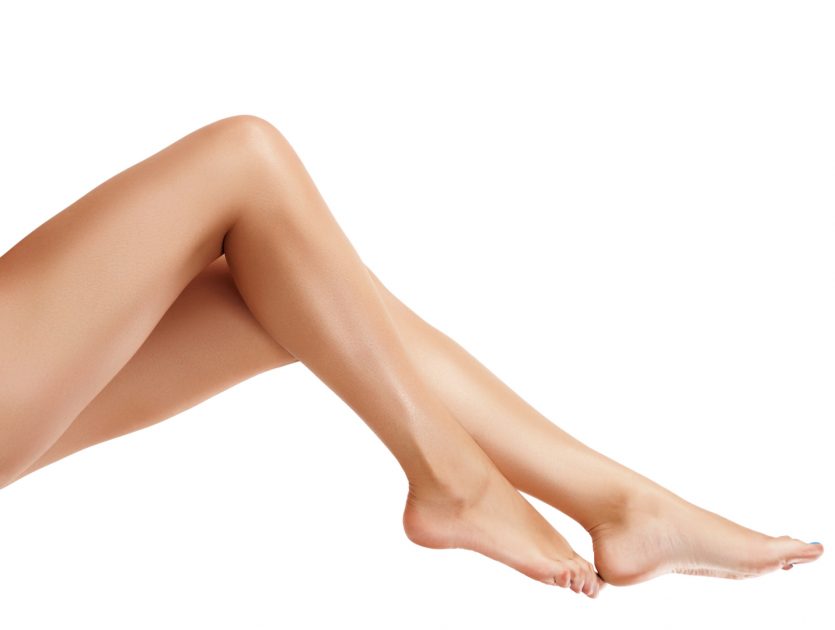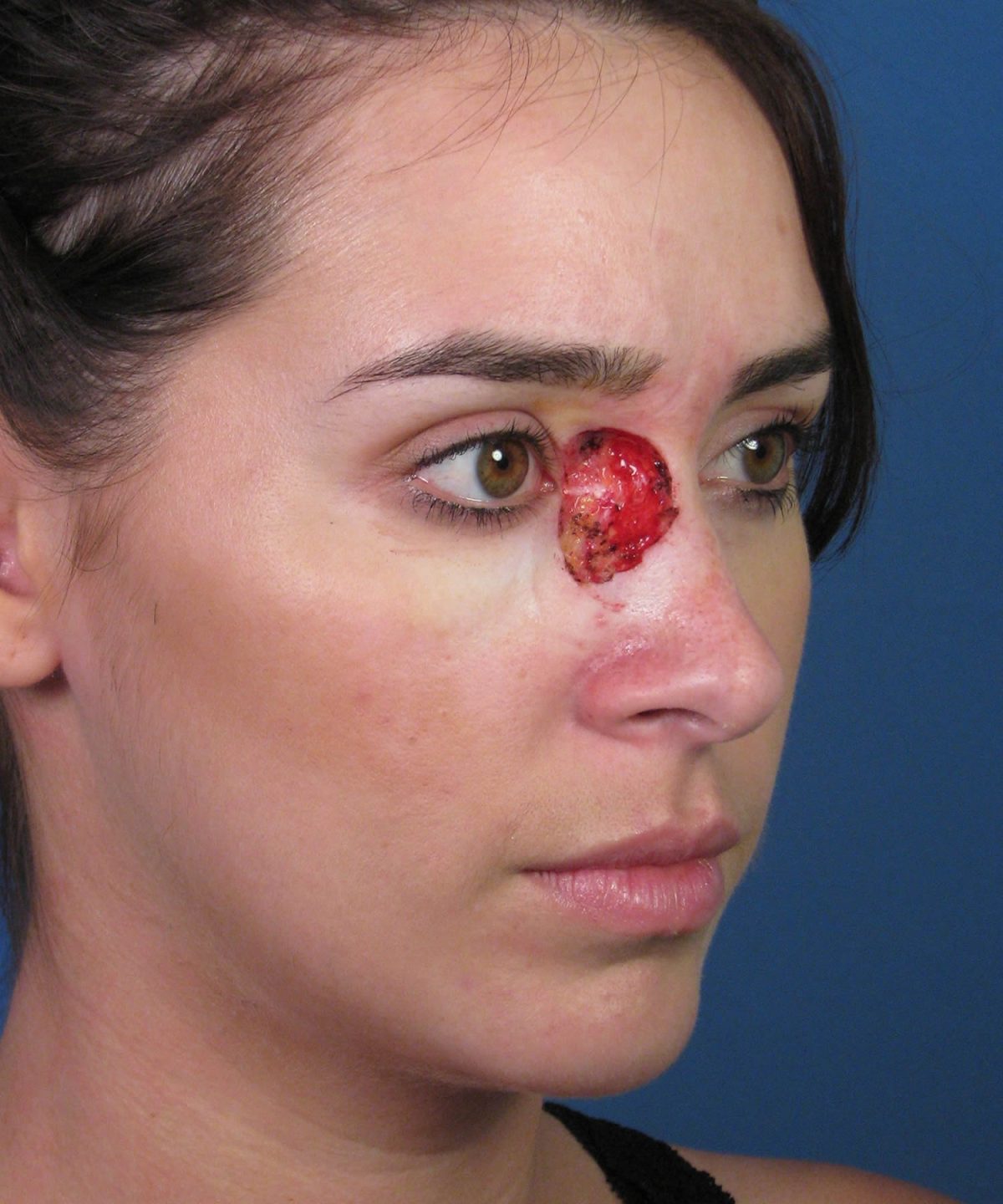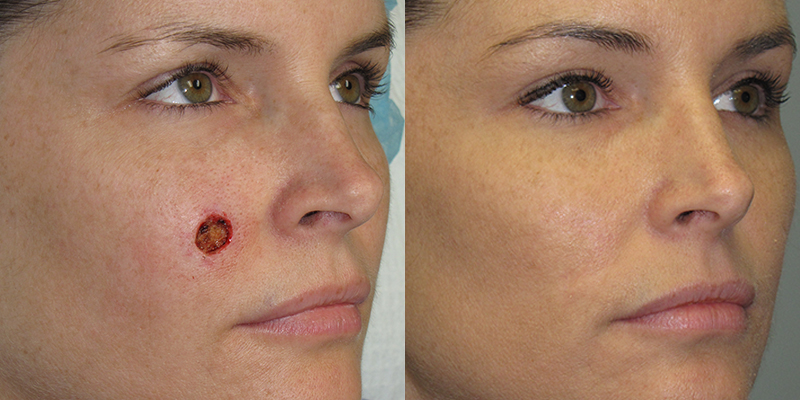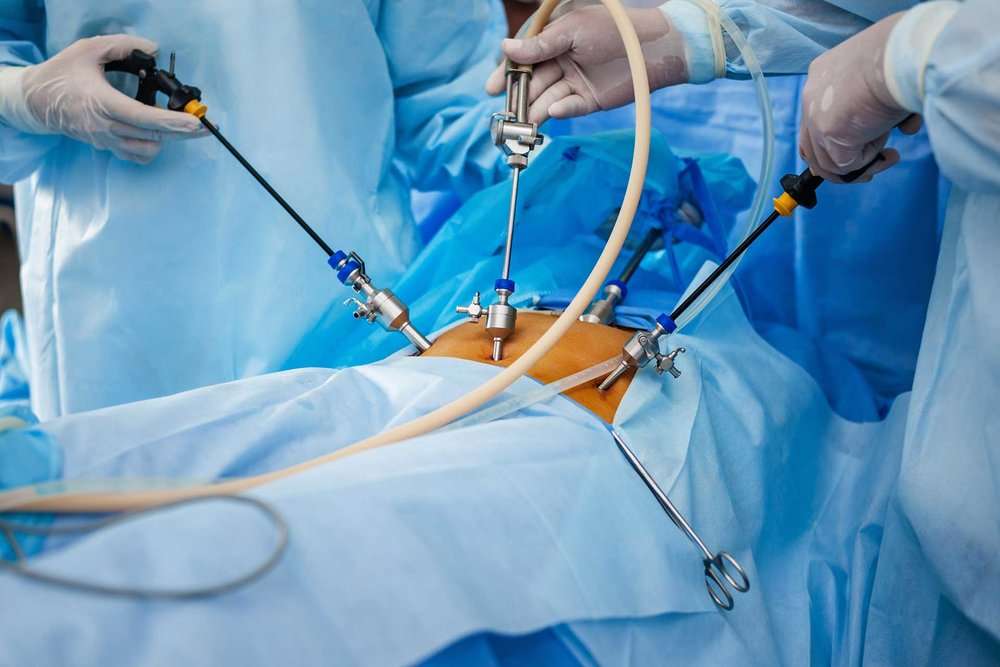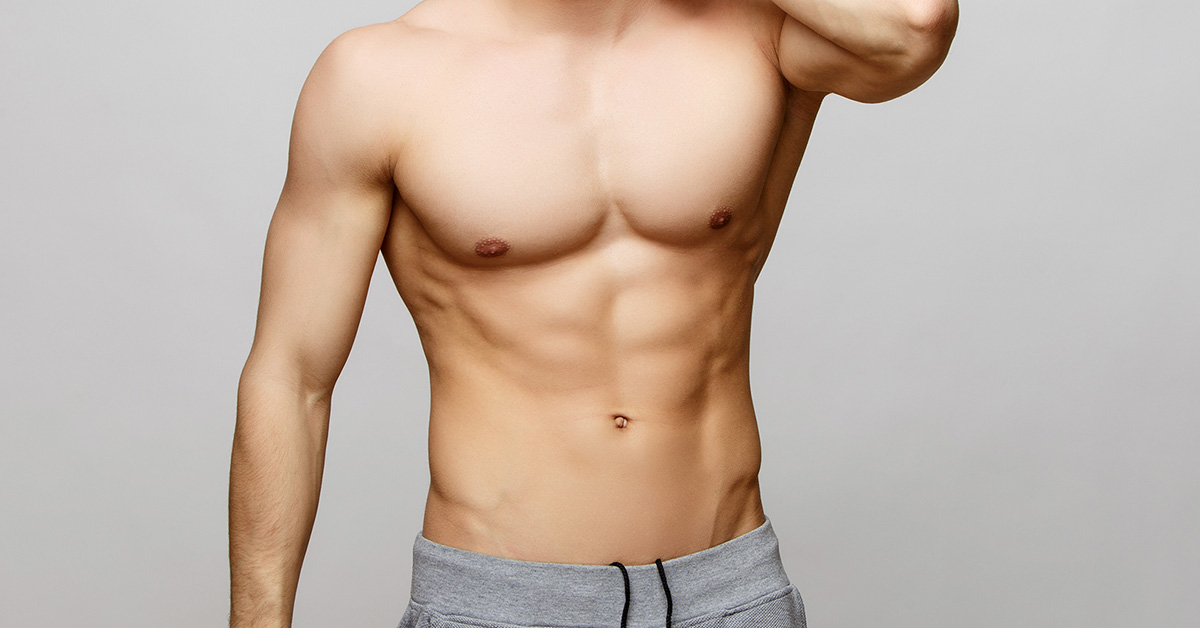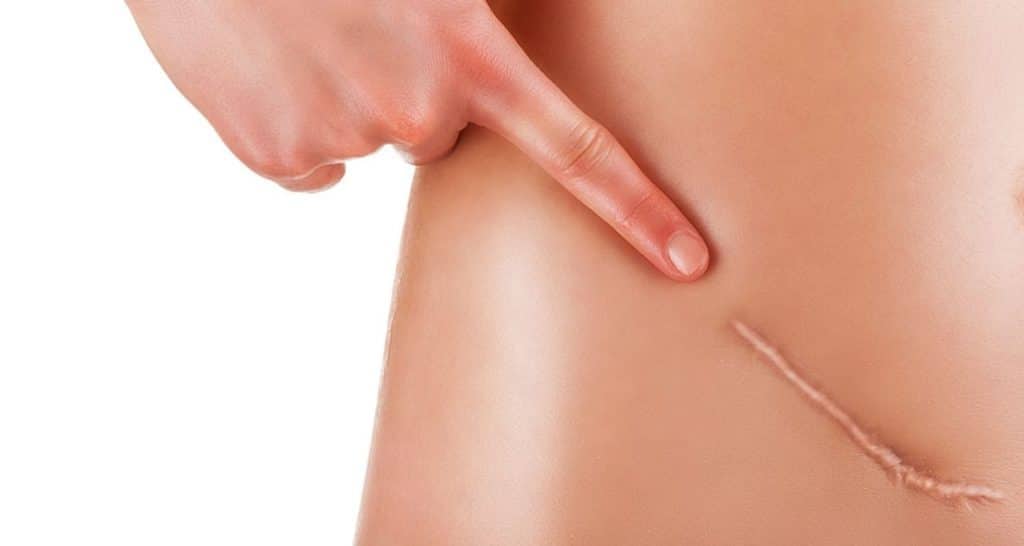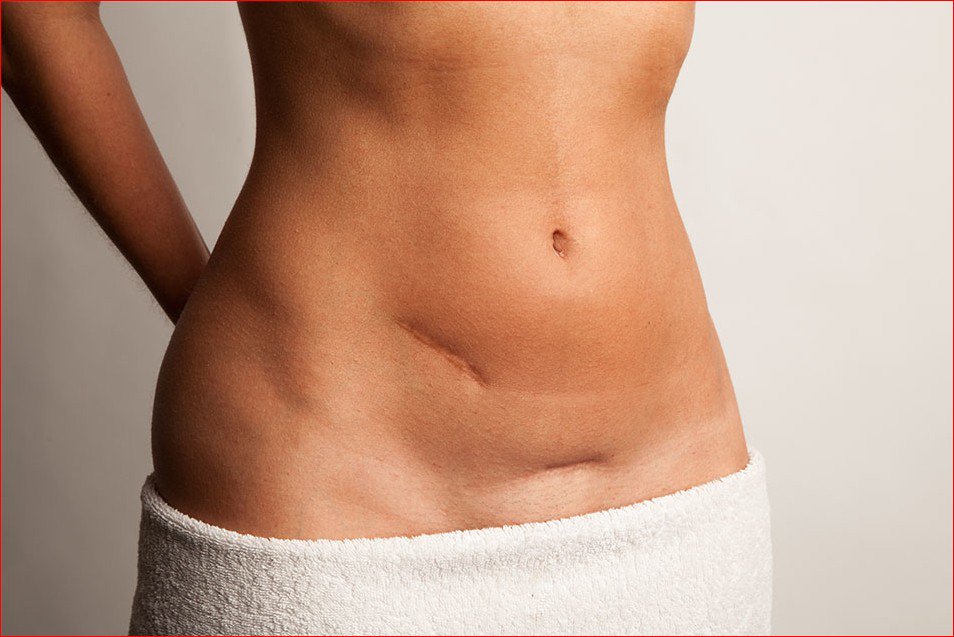Key Takeaways
-
Calf and Ankle Lipo: This procedure targets stubborn fat in the lower legs, including ankles liposuction, helping to create a more contoured appearance.
-
Ideal Candidates: Best suited for individuals who are healthy, have good skin elasticity, and are struggling with fat deposits that don’t respond to diet or exercise, considering traditional liposuction techniques and cosmetic surgery procedures like calf liposuction or ankle liposuction surgery.
-
Procedure Expectations: Typically involves local anesthesia, small incisions, and a relatively quick recovery period compared to other types of liposuction, including leg fat, slim ankle, inner thigh fat, and fat ankles.
-
Results and Benefits: Patients can expect more defined calves and ankles after calf liposuction, leading to improved self-confidence and the ability to wear a wider variety of clothing styles by reducing leg fat.
-
Combining Procedures: Some patients opt to combine calf and ankle lipo with other cosmetic procedures for more comprehensive body contouring results, addressing fat ankles and fat calves through suction.
-
Cost and Financing: Costs for calf liposuction can vary widely; many clinics offer financing options to make the procedure for fat calves more accessible.
Understanding Calf and Ankle Lipo
Calf Liposuction
Calf liposuction is a cosmetic surgery. It targets stubborn fat in the calf area. This procedure uses small incisions and a cannula. The cannula suctions out excess fat. This helps to sculpt calves through calf liposuction and create a slimmer appearance.
Calf lipo can also involve calf muscle reduction. This reduces the bulkiness of the calf muscles. Patients often choose calf liposuction to achieve more balanced leg proportions.
Ankle Liposuction
Ankle liposuction focuses on removing excess ankle fat. It helps to create slim ankles. Like calf lipo, it uses tiny incisions and a suction cannula. This technique minimizes scarring.
Ankle liposuction can reduce ankle swelling caused by fat deposits. It enhances the overall look of the lower legs.
Minimally Invasive Procedure
Both procedures are minimally invasive. They use small incisions, which heal quickly. The ankle liposuction procedure usually requires only local anesthesia.
The Awake Lipo method is popular for these surgeries. It involves mild sedation and local anesthesia. This makes the suction procedure safer and less stressful for patients.
Benefits of Awake Lipo
Awake Lipo has many benefits:
-
Reduced risk compared to general anesthesia
-
Faster recovery time
-
Patients can communicate with the surgeon during the procedure
This method ensures patient comfort and safety throughout the suction surgery.
Recovery Process
Recovery from calf reduction surgery or ankle liposuction is generally quick. Most patients return to normal activities within a few days. Swelling and bruising are common but temporary.
Patients should follow post-operative care instructions carefully. This includes wearing compression garments to reduce swelling.
Long-Term Results
Results from leg liposuction are usually long-lasting. Maintaining a stable weight is important for preserving results. Regular exercise and a healthy diet help keep the legs looking slim.
Ideal Candidates for the Procedure
Good Health
Ideal candidates should be in good health. They must not have any serious medical conditions. Being near their ideal weight is important. Body type and overall health play a significant role. Patients need good skin elasticity for optimal results.
Stubborn Fat
Many people struggle with stubborn fat on their lower legs. Diet and exercise often fail to slim these areas. Fat deposits in the calves and ankles can be resistant to traditional methods. This makes them suitable for liposuction.
Realistic Expectations
Patients must have realistic expectations about the procedure’s outcomes. Liposuction can improve the appearance, but it won’t create perfection. Understanding this helps avoid disappointment.
Experienced Surgeons
Choosing experienced liposuction surgeons is crucial. They ensure a safe and effective procedure. Faultless liposuction relies on skilled professionals. They use advanced techniques for better results.
Skin Elasticity
Good skin elasticity is necessary for successful liposuction. It helps the skin adjust after fat removal. Poor elasticity can lead to sagging skin, affecting the final look.
Hormonal Imbalances
e patients have hormonal imbalances causing excess fat in specific areas. Liposuction can help target these stubborn fat deposits. However, maintaining results requires managing underlying conditions.
Venous Insufficiency
People with venous insufficiency may benefit from calf and ankle lipo. Removing excess fat can reduce pressure on veins. This can improve blood flow and alleviate symptoms.
Popularized Liposuction Areas
Calf and ankle lipo has become more popular over time. Many seek it to achieve balanced proportions. It complements other procedures like fat grafting or inner thighs liposuction.
Body Type Considerations
Not every body type is suitable for calf and ankle lipo. Surgeons assess each patient’s unique anatomy. Those with disproportionate fat deposits are ideal candidates.
Procedure Expectations
Steps Involved
Calf and ankle liposuction begins with marking the areas for fat removal. The surgeon makes small incisions near the targeted regions. Through these incisions, a thin tube called a cannula is inserted. The cannula is connected to a vacuum device that suctions out excess fat.
The procedure uses tumescent fluid to reduce bleeding and pain. This fluid is injected into the fatty areas before liposuction begins. The entire process typically takes one to two hours, depending on the amount of fat being removed.
Skin Tightening with J-Plasma
Combining skin tightening with J-Plasma can address skin laxity after fat removal. J-Plasma uses cold plasma energy to tighten the skin from beneath. This technique helps in achieving smoother and firmer skin.
Patients often see improved skin elasticity and texture. It also reduces sagging, which can be a concern after liposuction. J-Plasma is usually performed immediately after the fat removal step.
Duration and Anesthesia
The duration of calf and ankle liposuction varies based on individual needs. Most procedures last between one to two hours. Local anesthesia is commonly used to numb the areas being treated. In some cases, general anesthesia might be administered for patient comfort.
Patients remain awake but relaxed during the procedure with local anesthesia. If general anesthesia is used, patients are fully asleep throughout the surgery.
Immediate Post-Op Care
After the procedure, patients are monitored in a recovery room. Compression garments are applied to reduce swelling and support healing. These garments should be worn as directed by the surgeon, usually for several weeks.
Patients may experience bruising and discomfort in the treated areas. Pain medication and antibiotics are prescribed to manage pain and prevent infection. It’s important to follow all post-op care instructions carefully.
Results and Benefits
Aesthetic Benefits
Calf and ankle lipo can create shapely, toned legs. Many people struggle with fat deposits in these areas. This procedure helps eliminate cankles, where the calf and ankle appear as one. Patients often feel more confident in their leg appearance after surgery.
The results are usually noticeable within a few weeks. Swelling may take time to subside completely. Patients often report feeling better about wearing shorts and skirts.
Long-Lasting Results
The results of calf and ankle lipo are long-lasting. Fat cells removed during the procedure do not return. Maintaining a healthy diet and exercise routine is crucial for preserving the outcome. Weight gain can affect the results, but the treated areas tend to remain more proportionate.
Patients should follow post-operative care instructions closely. This ensures optimal healing and long-term benefits.
Timeline for Final Results
Final results can take several months to appear fully. Initial swelling typically goes down within a few weeks. However, it can take up to six months for all swelling to disappear.
Several factors influence the timeline:
-
Individual healing rates
-
Adherence to post-operative care
-
Overall health and lifestyle
Following the surgeon’s advice helps speed up recovery and improve results.

Factors Influencing Longevity
Several factors impact how long the results last. These include:
-
Diet: A balanced diet helps maintain weight and overall health.
-
Exercise: Regular physical activity keeps muscles firm.
-
Genetics: Some people naturally store more fat in certain areas.
-
Lifestyle choices: Smoking and excessive alcohol can affect skin elasticity.
Patients should discuss these factors with their surgeon.
Improved Joint Health
Removing excess fat from calves and ankles can improve joint health. Less weight on these areas reduces strain on joints. This can lead to fewer issues with pain or discomfort during physical activities.
Patients often notice an improvement in mobility. They find it easier to engage in activities like walking or running.
Boosted Confidence
Many patients experience a boost in confidence after surgery. Feeling good about one’s appearance can positively impact mental health. Wearing clothes that show off toned legs becomes more enjoyable.
By addressing specific areas of concern, patients often feel more satisfied with their overall look.
Combining Procedures for Enhanced Results
Skin Tightening Benefits
Combining calf and ankle lipo with skin tightening offers better outcomes. Many patients seek optimal results from their procedures. Liposuction removes fat but may leave loose skin. Skin tightening addresses this issue.
J-Plasma technology is often used for skin tightening. It works by using cold plasma energy. This energy tightens the skin, making it look more youthful. The combination of these procedures can yield smoother and firmer results.
J-Plasma Technology
J-Plasma technology is effective post-liposuction. It uses helium gas and radiofrequency energy. These elements create a plasma stream. This stream heats the underlying tissues without damaging the skin’s surface.
Patients often see immediate results. The skin appears tighter and more toned. Over time, collagen production increases, enhancing the effect. This method is safe and minimally invasive.
Customized Procedures
Customization is crucial for successful outcomes. Each patient has unique needs and goals. A thorough consultation helps determine the best approach.
Doctors assess various factors during the consultation:
-
Type of fat deposits
-
Skin elasticity
-
Overall health
Based on these factors, they devise a tailored plan. This plan may include concomitant liposuction and J-Plasma technology. Customization ensures that patients achieve their desired results safely.
Variety of Techniques
Different techniques can be used in combination procedures. For instance, laser liposuction might be paired with J-Plasma technology. Laser liposuction uses laser energy to melt fat before removal.
This technique also stimulates collagen production. Pairing it with J-Plasma enhances skin tightening effects further. Such combinations offer a variety of benefits for patients seeking comprehensive body contouring.
Health Considerations
Health is a key factor in any cosmetic procedure. Patients must be in good health to undergo combined treatments. Doctors evaluate medical history and current health status during consultations.
Certain conditions may affect eligibility for these procedures:
-
Diabetes
-
Heart disease
-
Poor wound healing
Patients should disclose all health information honestly. This ensures safety and effectiveness of the treatment plan.
Consultation Importance
A detailed consultation is essential before undergoing combined procedures. During this session, doctors explain the process, risks, and expected outcomes.
Patients can ask questions and express concerns. Understanding the procedure fully helps in making informed decisions. It also builds trust between the patient and the doctor.
Cost and Financing Options
Starting Cost
Calf and ankle liposuction can start at around $3,000. The final price depends on several factors. These include the surgeon’s experience, the clinic’s location, and the complexity of the procedure. Highly skilled surgeons may charge more due to their expertise. Clinics in major cities often have higher prices compared to those in smaller towns.
Pricing Model
An all-inclusive pricing model covers everything from pre-op to follow-up care. This means you won’t face unexpected charges later.
The cost includes:
-
Initial consultation
-
Pre-operative tests
-
Surgeon’s fees
-
Anesthesia fees
-
Post-operative garments
-
Follow-up visits
This comprehensive approach ensures that patients understand exactly what they are paying for.
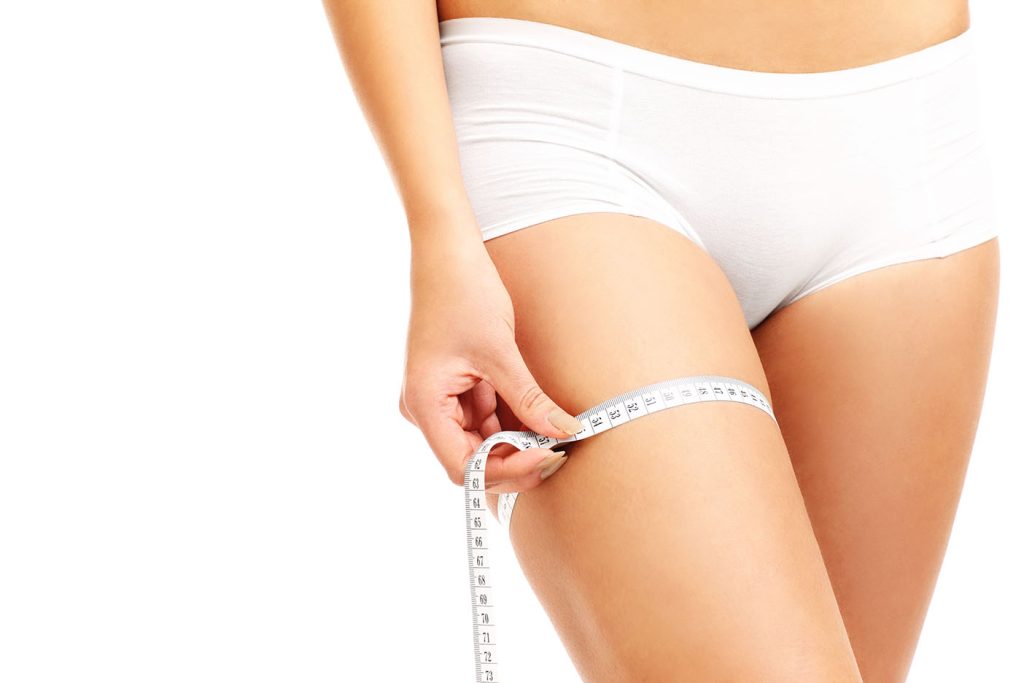
Financing Options
Financing options make calf and ankle lipo accessible to more people. Some clinics offer payment plans that let you spread the cost over several months or even years.
Common financing options include:
-
Medical credit cards like CareCredit.
-
Personal loans from banks or credit unions.
-
In-house payment plans offered by the clinic.
These options help manage the financial burden, making it easier for people to afford the procedure.
Preparing for Surgery
Surgery Protocol
Surgeons will provide a detailed surgery protocol. This includes steps to take before the procedure. Patients should follow these instructions carefully.
The protocol often involves stopping certain medications. Blood thinners and anti-inflammatory drugs can increase bleeding risks. Patients might need to stop these medications a week before surgery.
Medication Preparations
Fill all prescribed medications beforehand. These may include pain relievers and antibiotics. Having them ready ensures smooth recovery post-surgery.
Arrange transportation for the day of surgery. Patients cannot drive themselves home after receiving anesthesia.
Clothing Choices
Wear loose, comfortable clothing on the day of the procedure. Opt for clothes that are easy to remove and put on. A button-up shirt is ideal.
Compression stockings will be required post-surgery. These help reduce swelling and prevent blood clots. Make sure they fit well and bring them to the clinic.
Following Instructions
Following all pre-surgical instructions is crucial. This helps minimize complications and ensures a successful outcome.
Avoid eating or drinking after midnight before the surgery. Anesthesia can cause nausea if there’s food in the stomach.
Stay hydrated in the days leading up to the surgery. Proper hydration aids in recovery.
Pre-Op Arrangements
Prepare your home for post-surgery recovery. Set up a comfortable resting area with easy access to necessary items.
Stock up on soft foods and drinks you enjoy. You might have reduced appetite initially due to anesthesia effects.
Recovery Insights
Timeline
Recovery from calf and ankle lipo varies by individual. Most people can return to work within a week. However, full recovery can take several weeks. Swelling and bruising are common for the first few days. By the second week, these symptoms usually lessen.
Normal activities, like walking, can resume after a few days. Strenuous exercise should be avoided for at least four weeks. Always follow your surgeon’s advice.
Compression Garments
Compression garments play a crucial role in recovery. They help reduce swelling and support the new shape of your calves and ankles. Wear these garments as directed by your doctor, usually for a few weeks.
These garments also improve blood circulation. This helps in faster healing and reduces the risk of complications. Make sure the garment fits well but is not too tight.
Post-Op Care
Proper post-op care ensures smooth recovery. Follow these tips:
-
Keep the surgical area clean to prevent infection.
-
Take prescribed medications on time.
-
Elevate your legs to reduce swelling.
Avoid standing or sitting for long periods during the first week. Gentle walking is beneficial but avoid high-impact activities.
Activity Restrictions
Activity restrictions are important for effective recovery. Avoid lifting heavy objects for at least two weeks. Do not engage in sports or rigorous exercises until cleared by your doctor.
Driving should be avoided if you are taking pain medications. Always consult with your healthcare provider before resuming any activity.
Follow-Up Visits
Follow-up visits are essential for monitoring progress. Your surgeon will check how well you are healing and address any concerns. These visits usually occur one week, one month, and three months post-surgery.
During these visits, discuss any discomfort or unusual symptoms you experience. Your doctor may adjust your recovery plan based on your condition.
Closing Thoughts
Calf and ankle lipo can be a game-changer for those seeking a more defined lower leg contour. Understanding the procedure, its benefits, and the recovery process is crucial. You deserve to feel confident in your skin, and this surgery can help you achieve that.
Ready to take the next step? Consult with a qualified surgeon to see if you’re an ideal candidate. Your journey to sculpted calves and ankles starts with informed decisions. Don’t wait—embrace the new you today!
Frequently Asked Questions
What is calf and ankle lipo?
Calf and ankle lipo is a cosmetic procedure to remove excess fat from the lower legs, enhancing their contour and appearance.
Who are ideal candidates for calf and ankle lipo?
Ideal candidates are healthy individuals with stubborn fat deposits in the calf and ankle areas that don’t respond to diet or exercise.
What should I expect during the procedure?
The procedure involves small incisions and a cannula to suction out fat. It’s typically done under local anesthesia.
How soon will I see results?
Results are often visible within a few weeks, but final outcomes can take up to six months as swelling subsides.
Can I combine calf and ankle lipo with other procedures?
Yes, combining it with other procedures like thigh lipo can enhance overall leg contouring results.
What are the costs involved?
Costs vary based on location, surgeon experience, and specific needs. Financing options are often available.
How long is the recovery period?
Recovery usually takes about 1-2 weeks for initial healing, but full recovery may take several months.



